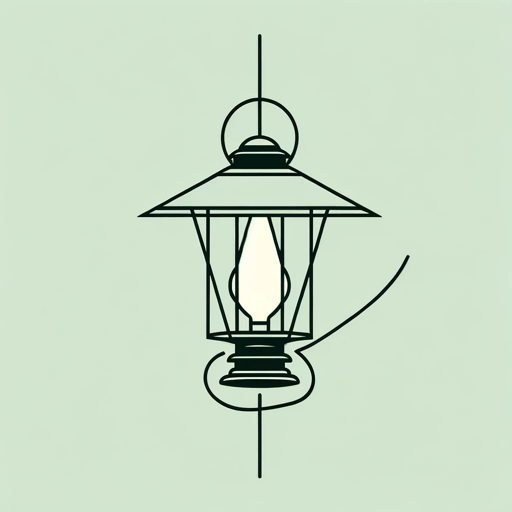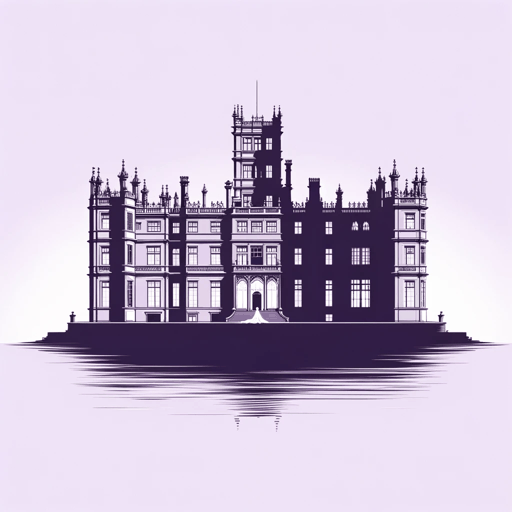53 pages • 1 hour read
Daphne du MaurierJamaica Inn
Fiction | Novel | Adult | Published in 1935A modern alternative to SparkNotes and CliffsNotes, SuperSummary offers high-quality Study Guides with detailed chapter summaries and analysis of major themes, characters, and more.
Themes
“Freakdom” and Villainy
Content Warning: This section of the guide contains discussions of ableism.
The perceived link between aesthetics and morality was popularized in 19th-century Europe. Notions of morality held that a person’s appearance belies their moral character, so an “ugly” person, or someone with a physical disability, would have been deemed morally suspect or even morally “inferior” to a “normal” person. Such people would be treated as “freaks” and would often be ostracized or relegated to the edges of society. In Jamaica Inn, Mary echoes these ideas, even if she does not fully endorse them: “In the animal kingdom a freak was a thing of abhorrence, at once hunted and destroyed, or driven out into the wilderness” (139). Many works of gothic literature play with this trope. Quasimodo, the titular Hunchback of Notre Dame in Victor Hugo’s 1831 novel, for example, was affected in his physical development and is treated as “grotesque” and a “monster”—but he has a kind and noble heart (Hugo, Victor. The Hunchback of Notre Dame. Wordsworth, 1993). The monster in Mary Shelley’s novel Frankenstein (1818) is judged by his appearance and forced into becoming an actual monster by neglect and abuse (Shelley, Mary.
Related Titles
By Daphne du Maurier





